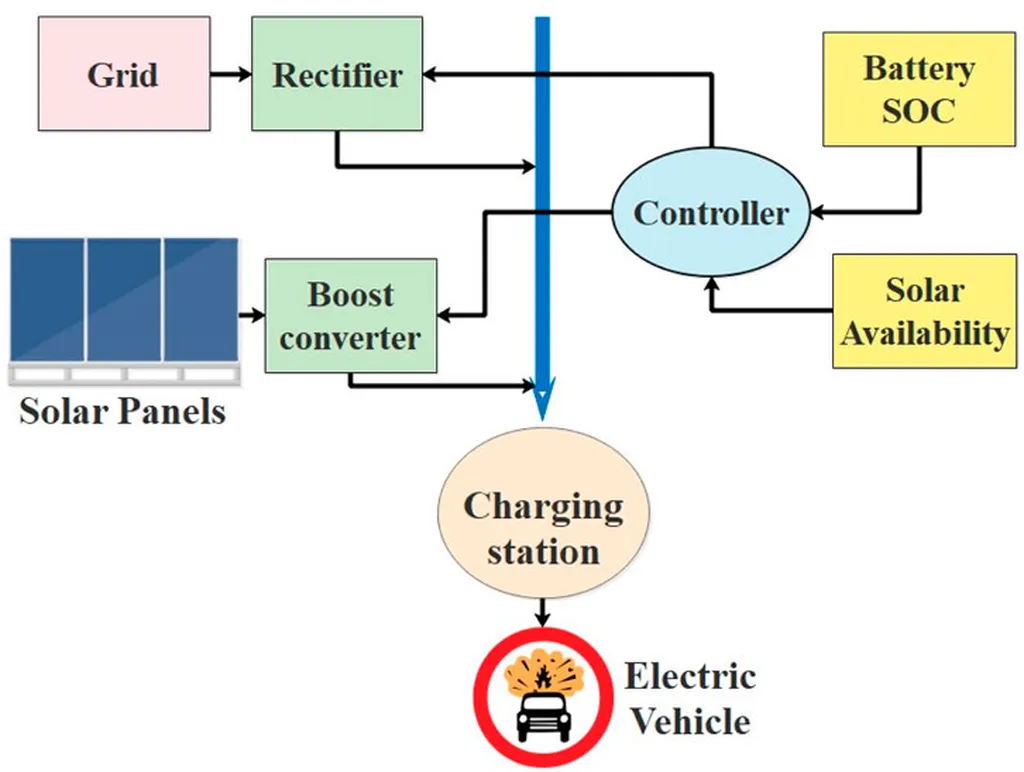Researchers from the Eindhoven University of Technology in the Netherlands have explored the potential of electric Mobility-as-a-Service (eMaaS) systems to enhance fleet operator profitability through Vehicle-to-Grid (V2G) operations. The team, led by Fabio Paparella and including Pim Labee, Steven Wilkins, Theo Hofman, Soora Rasouli, and Mauro Salazar, has developed optimization models to balance the costs and benefits of integrating V2G activities into eMaaS systems.
The researchers formulated the optimal fleet operation problem as a mixed-integer linear program, aiming to minimize operational costs while maximizing revenues from both servicing travel requests and selling electricity back to the grid. A key innovation in their approach is the explicit inclusion of battery price and degradation in the cost function. This reflects the real-world impact of additional charging and discharging activities on the total cost of ownership for the fleet.
Simulation results for Eindhoven demonstrate that integrating V2G activities does not compromise the number of travel requests served. However, the study also highlights the importance of accounting for battery degradation. The costs associated with this degradation can potentially outweigh the revenues generated from V2G operations, emphasizing the need for careful management.
For the energy sector, this research underscores the potential of eMaaS systems to contribute to grid stability and renewable energy integration. By providing flexible demand and storage capacity, these systems can help balance supply and demand, particularly in scenarios with high renewable energy penetration. However, the findings also serve as a cautionary note, emphasizing the need to consider battery degradation costs when evaluating the economic viability of V2G operations.
The research was published in the journal Applied Energy, providing a valuable contribution to the ongoing discussion about the role of electric vehicles in the future energy landscape. As the energy sector continues to evolve, such studies will be crucial in guiding the development of policies and technologies that maximize the benefits of electric mobility.
This article is based on research available at arXiv.

